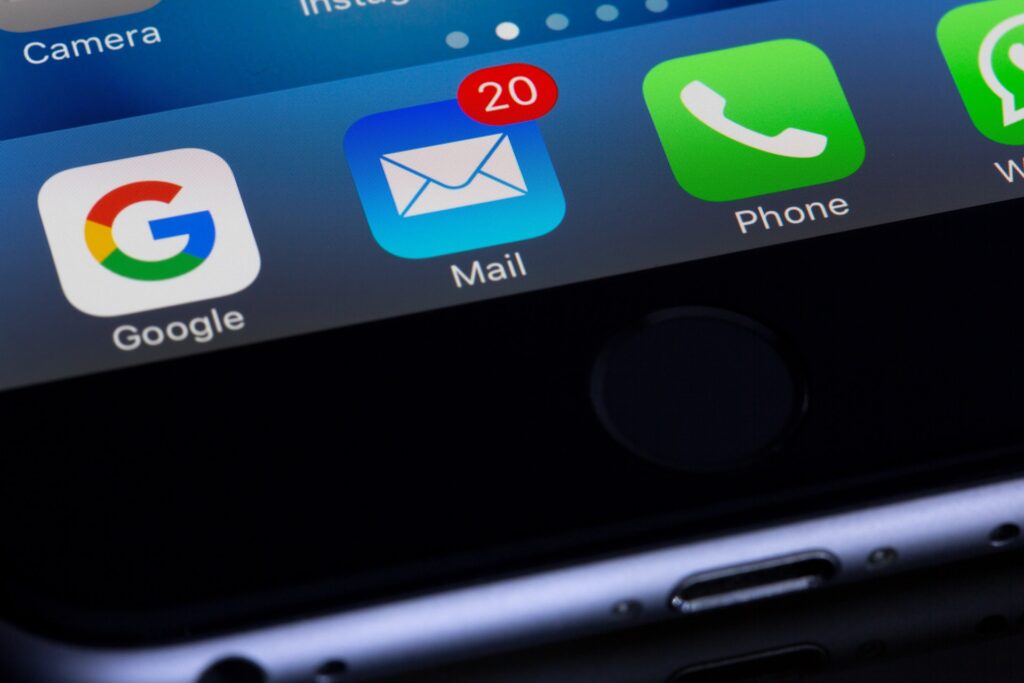The first marketing email was sent in 1978 by Gary Thuerk. Since then, email marketing has grown and evolved. Recent studies suggest that over 70 per cent of businesses capitalize on strategic email marketing. Consumers face an overload of information—both wanted and unwanted. Small businesses must beware of email algorithms or bots that automatically mark unsolicited emails of a commercial nature as spam. To avoid this from happening, it is important to get customers to open your emails. How? By building a small business’s target list.
You cannot hit a target if you do not have one. Email marketing is designed to prevent your business emails from being filtered as junk. A target list will allow company emails to be sent to those consumers who are interested in your products and services. However, your subject line must always be eye-catching, while being authentic—email spam filters now expect you to not mask the advertorial intent behind emails. Balance the subject line with equal amounts of information and entertainment whenever possible. The goal is to connect with people.
Getting your business emails to the targeted inbox does not guarantee a customer will open the email. A well written subject line can achieve this, which in turn will create a lower spam rate for your marketing strategies. An ill-crafted subject line will, after all, not guarantee that even subscribers to your emails will open it, let alone those who receive them for the very first time.
There is a limited amount of time (seconds) between when your targeted audience clicks to open the body of an email and when they click away. Construct your email in a concise format. You do not want to tire your consumers with lengthy paragraphs. Write in a way that gives readers a sense of transparency. Always have an unsubscribe link in an area that is visible. Avoid technical jargon, if possible. Write business emails with short, upbeat sentences. Human beings have a sparse attention span (especially during a busy workday). As mentioned earlier, people already suffer from information overload.
Remember, consumers have names. Personalizing your emails will not only build rapport, but it will keep your emails from becoming familiar to online email filtering systems, which are programmed to look for patterns of words usually found in emails of a commercial nature. As previously mentioned, target lists serve to work around this process. Research polls indicate that the best days and times to send business emails are from Tuesday through Thursday, between 10:00 am and 2:00 pm. However, this is just a guideline, not a rule. Know your customers. Be aware of what is not working in your marketing approaches. If something does not work for your company, replace it with something else that has shown results in the past.
There is no doubt that email marketing works. Not only does it work, it lowers communication costs, which is healthy for small businesses. Email marketing is a laudable method to monetize your business’s commercial interests.
Jason Waddle | Contributing Writer




